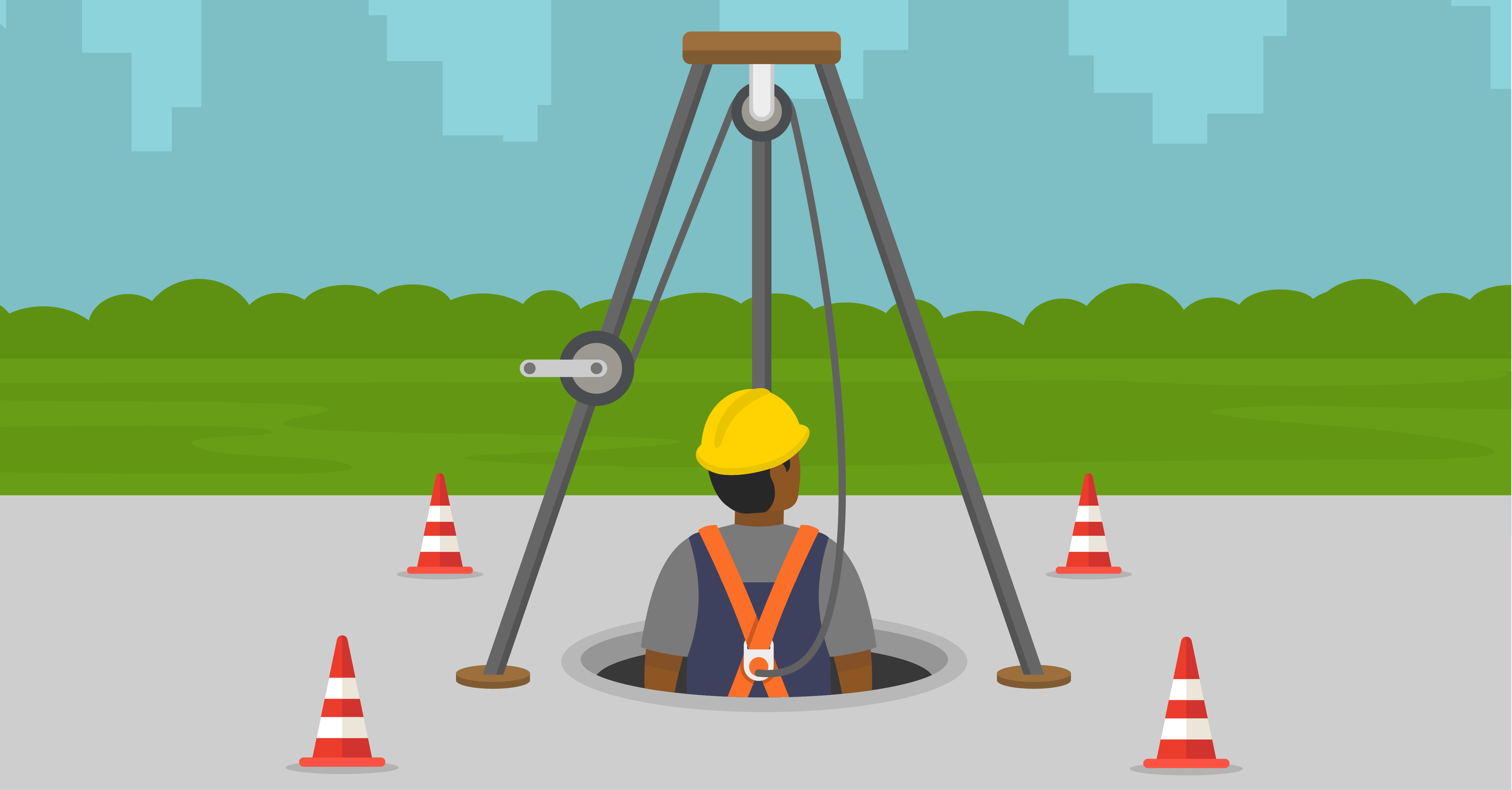L2L: How Do You Get Executives on Board with Health & Safety Initiatives?
September 25, 2020

Safety leaders from five companies met in the UK as part of our new Leaders2Leaders programme, a new series of videos, content and resources for health and safety professionals. They discussed a number of topics, including the impact of technology on health and safety, regulatory compliance, barriers to visibility, maintaining a safety culture, dialogue and buy-in with executives, bridging organisational siloes and what health and safety professionals should focus on as a matter of priority. While these topics all are interconnected, the experts had a lot to say about each one.
Episode 4 of the Leaders2Leaders video series focuses on how to better engage key executives from across your organisation. How and what you communicate with executives should be predicated upon their role in the company.
Messaging Counts with Executives
In this episode, Paul Darby, Global Head of Health & Safety – DHL Global Forwarding, noted that a shared vocabulary is important. His traditional message of “Don’t injure people” didn’t resonate with some important individuals. “I realized I had to change my sales pitch,” he added. In other words, he needed to speak to them in the language they understood.
For an executive who is most concerned about citations and fines, the message might be: If we don’t comply with the law, these are the consequences. Darby noted that when he spoke with the chief financial officer, he started the conversation with “Do you realize how much accidents are costing us?” The response from the financial officer was, “Come into my office and sit down and let’s have a chat.”
James Pomeroy, Group Health, Safety, Environment and Security Director, Lloyd’s Register, remembers speaking with one senior executive and using terms like “safety culture” and reeling off safety management concepts and discussing the Bradley Curve (a model for sustainable and lasting improvement in organizational safety). The senior executive kept asking Pomeroy, “What do you want me to do?” Pomeroy realized the executive wasn’t responding to a discussion about safety management systems, he wanted to know what tangible steps he could take to help: what investment is required, what action is needed, what assistance could he provide. In other words, be specific and focused in your requests if you want results.
Most executives respond to safety and health efforts when they are framed as part of the greater business success, said Grazyna Momot, Group HSE Manager and MIS Lead, ABB. “This is our profession and we take it very seriously,” she said, “But we need to think about how it is good for the business” and communicate that in ways customers, subcontractors, new employees and existing employees can understand.
Watch Episode 4 – How Do You Get Executives on Board with Health & Safety Initiatives? – now.
New Video Series: Leaders2Leaders
This programme brings together some of the smartest, most forward-looking professionals in the industry to discuss the key issues facing health and safety today. Lessons from Leaders is a companion eBook that highlights health and safety: where we are and where we’re going.
Health and safety today is more complex and dynamic than ever. The world is experiencing significant changes in how, when and where work happens. Today, employees are just as likely to be contractors as they are to be permanent staff, and workers are placing greater emphasis on their wider mental and physical wellbeing.
Watch the first four episodes and download the companion guide: Lessons from Leaders.
Previous blog posts:





